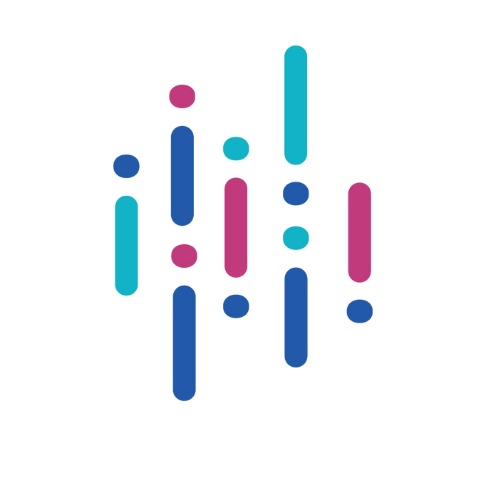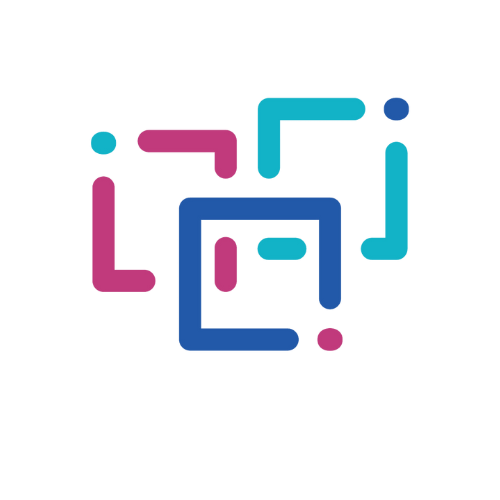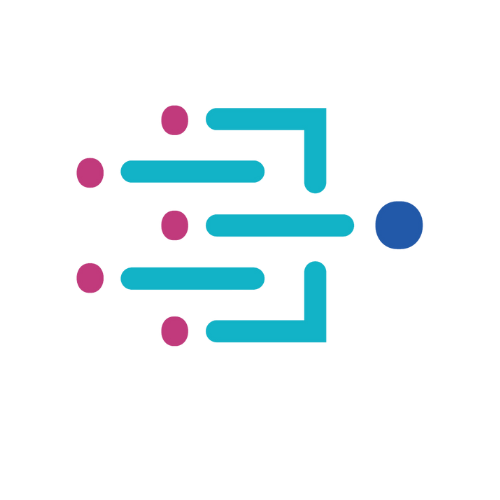Take Control of Your Data.
Today's data science, data engineering, and data operation's processes and systems no longer meet the requirements of regulators and the needs of business. Institutions are turning to technology to accelerate project timelines and bridge the gap of limited resources.
Kingland's suite of software products and 30+ years of industry experience in data refining allows us to efficiently work with clients and partners to completely diagnose and accurately prescribe end-to-end solutions for the banking & capital markets industry's most complex data challenges.

Start With a Question.
Want to Make Progress with AI?
AI is rapidly transforming the way we work, with large language models making tasks easier and driving significant efficiency gains across industries. Executives face tough questions about how to leverage AI for efficiency, innovation, and competitive advantage, all while managing high expectations and complex environments. Despite the challenges, AI’s potential is real, and choosing the right projects is key. A clear framework can help leaders decide where to focus their AI investments.

Industry Challenges

Data for Risk & Regulatory Compliance
New regulations, increased regulatory scrutiny, and new risks are exposing gaps, inaccuracies, and deficiencies in the management of the data required to manage risk and comply with regulations.
With Kingland, enterprises are able to leverage, improve, and expand critical data to achieve the “regulatory-grade data” required to meet regulatory standards and mitigate risk.

Transformation & Modernization Programs
Businesses are transitioning legacy applications and operations to modern technology architectures to take advantage of the cloud, leverage data more, and take advantage of Al, to drive business value and improve operational resiliency.
With Kingland, enterprises can quickly migrate legacy data and processes, build out next-generation data pipelines, and automate data analytics and management to power next-generation business products and services.

Data as an Asset or Product
Large enterprises are sitting on a treasure trove of data that can add significant value to clients and critical business processes, but the data is difficult to leverage and is largely untapped in its ability to be used.
With Kingland, enterprises can quickly assemble new data sets, augment and enrich the data, and develop new data assets to be integrated into business processes and new products.

Data for AI
Organizations are leveraging Al more and more to drive new value, yet the data feeding AI models requires active management to improve the reliability and usefulness of the Al models.
With Kingland, organizations can quickly experiment, expand, and improve the data to drive more value from Al investments.

Know Your Client (KYC) / Anti-Money Laundering (AML)
The client due diligence process is key to understanding an organization's clients, their activities, their relationships, and associated risks. Firms need a solution that streamlines regulatory compliance while enhancing risk management.
With Kingland, organizations can use comprehensive data sourcing and intelligent workflows to enable enhanced client due diligence, proactive threat detection and mitigation, policy enforcement, and ongoing monitoring.

Kingland Product Suite for Banking & Capital Markets
Kingland's product suite combines our 35 years of data management experience with state-of-the-art software development processes and exchange-grade cloud security to form a superpower set of data refinement and data management capabilities, all brought to life by our in-house industry experts.

Connect critical data, core systems, and disparate data tools to orchestrate efficient data projects in a governed, secure, and repeatable way.

Manage the most critical data on all client relationships to minimize conflicts, comply with global regulations, and maximize growth opportunities.

Automate and govern the most important decisions related to clients, risks, policies, employees, vendors and regulations.
As one of the world's most data-intensive, regulated companies, you don't have the luxury of making a mistake, and neither do we.
The critical data powering your business is your most valuable asset. Integrating and augmenting the various systems that contain it is not for the faint of heart. Kingland integrates data from your existing systems and supports data accuracy across your entire organization, supporting a stronger customer data ecosystem and better business outcomes.

Latest Thought Leadership
Read the latest from our industry specialists.

Want to Make Progress with AI? Start with a Question.

Understanding the Importance of FR 2052a Reporting and Automated Data Refinement
Improving Regulatory Compliance with Data & Enhanced Controls
.jpg?width=5400&height=3600&name=GettyImages-1315449434%20(1).jpg)
A Data Leader's Summary of the Latest BCBS Counterparty Credit Risk Guidelines
.jpg?width=2000&name=bg-linear(1).jpg)
.jpg?width=900&name=bg-linear-mobile(1).jpg)
Banking & Capital Markets - Other Insights

Common Traits Behind the World's Integral Companies

Four Pillars of Pushing Your Data to Work Harder








